A collection of anti-capitalist poetry, philosophy, cultural analysis, legal studies, manifesto and critique spanning 1996 to the present by Alenka Zupančič, Alexander Kluge, Amy Ireland, Anne Boyer, Aurelia Guo, Bini Adamczak, Carolyn Lazard, Chi Chi Shi, Denis Ekpo, Feminist Judgments Project, Gili Tal, Houria Bouteldja, Huw Lemmey, Keziah Craven, Marina Vishmidt, Nat Raha, Sarah Lamble, Teflon and Vanessa Place.
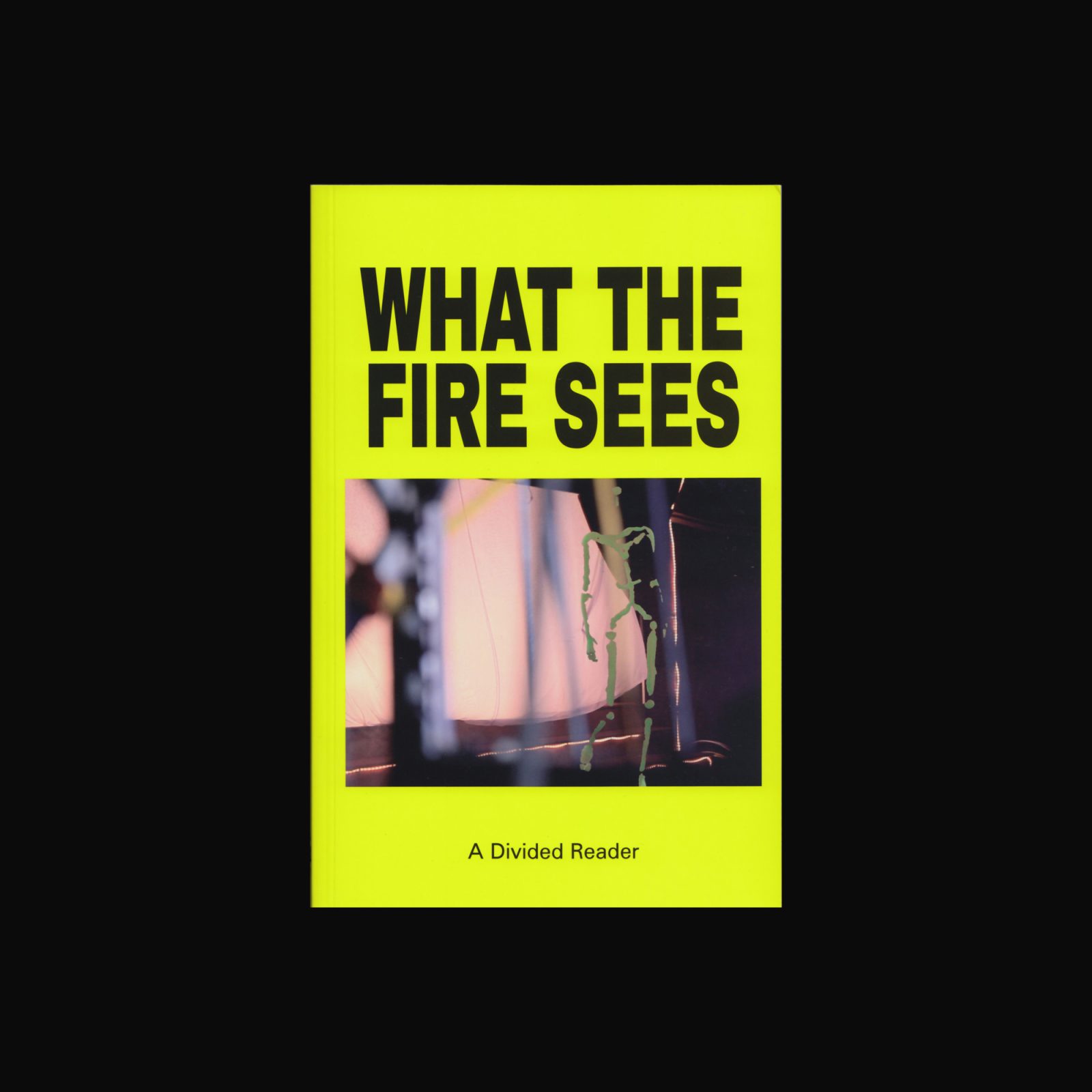

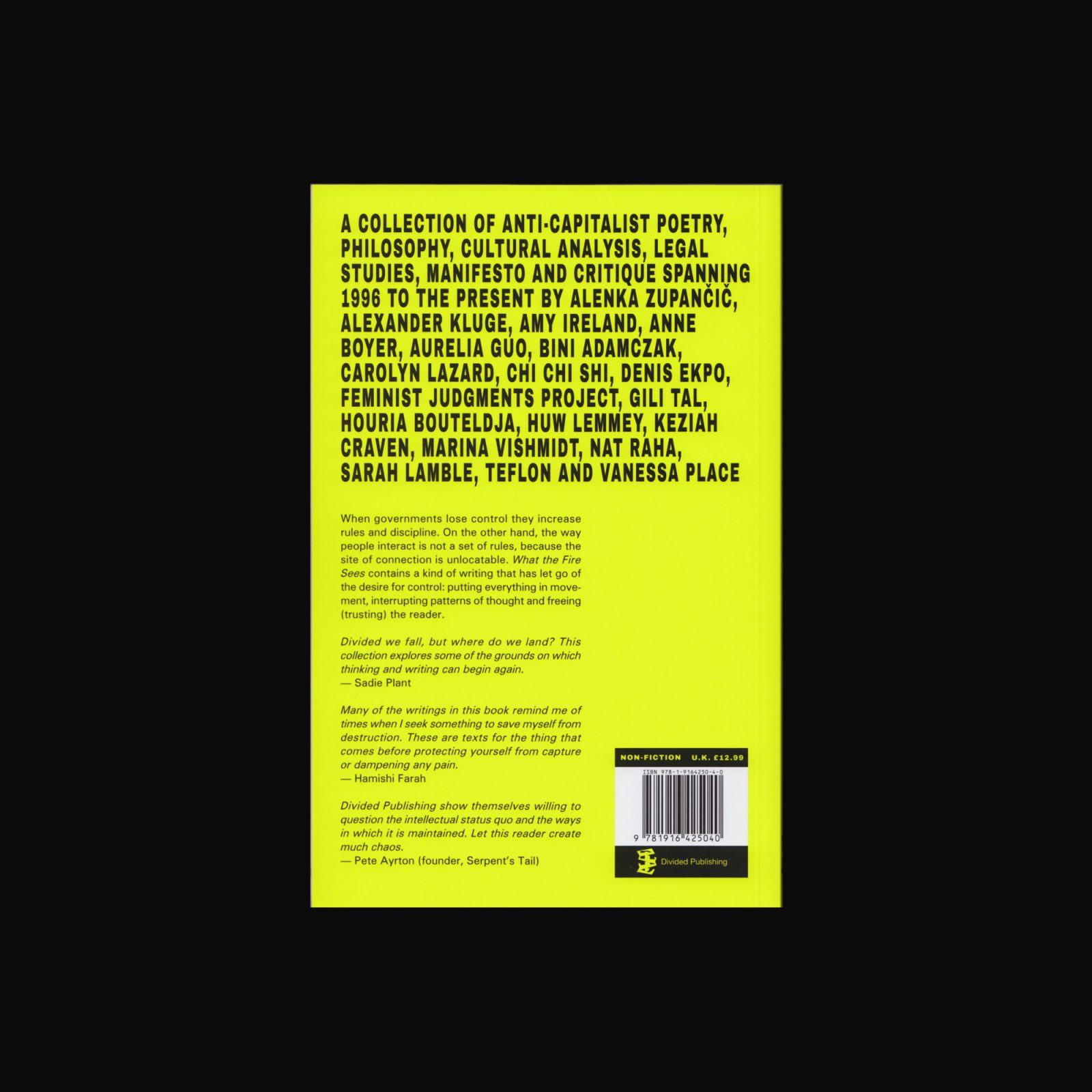
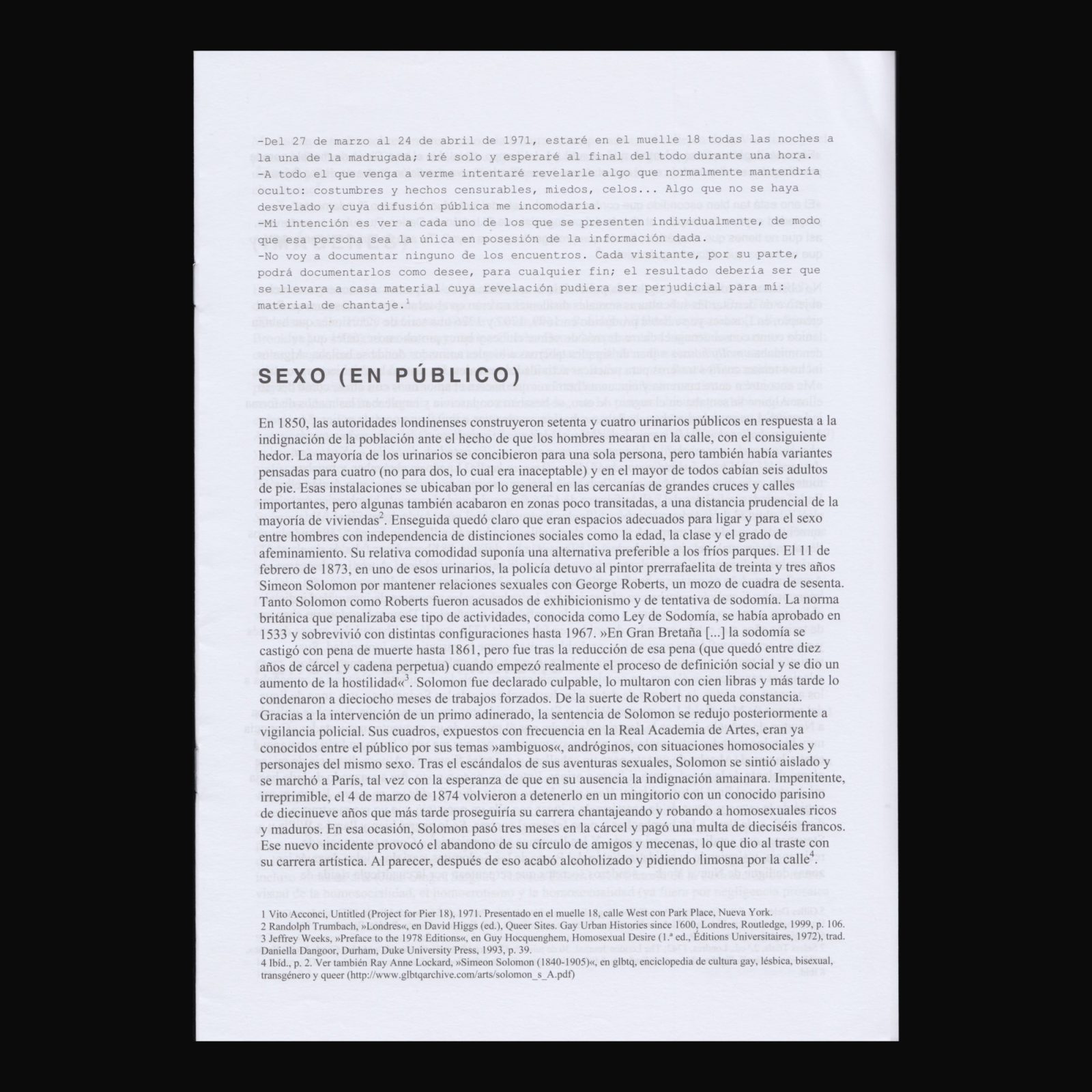
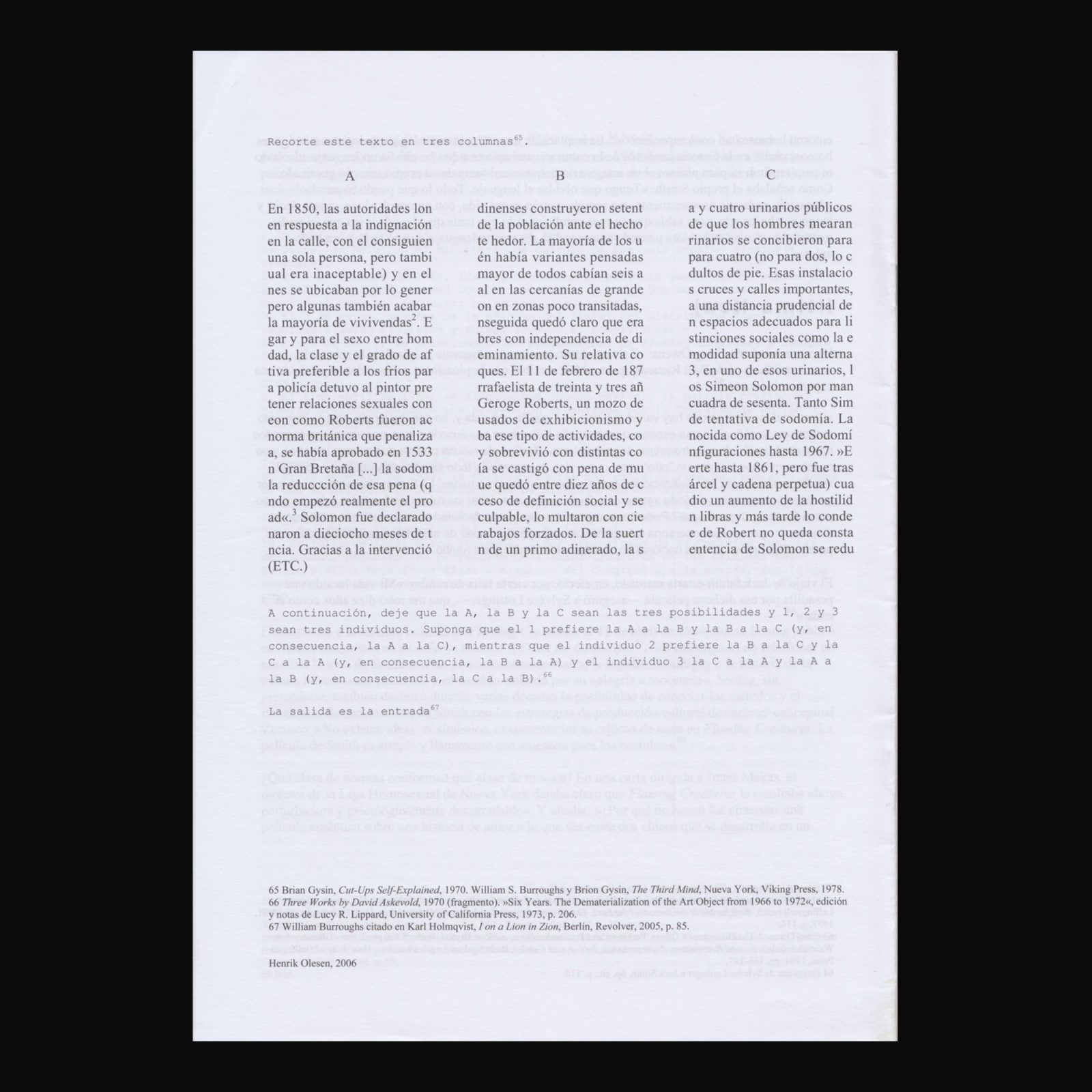
Produced on the occasion of Henrik Olesen’s exhibition at Museo Reina Sofía, Madrid, 26 June–21 October, 2019.
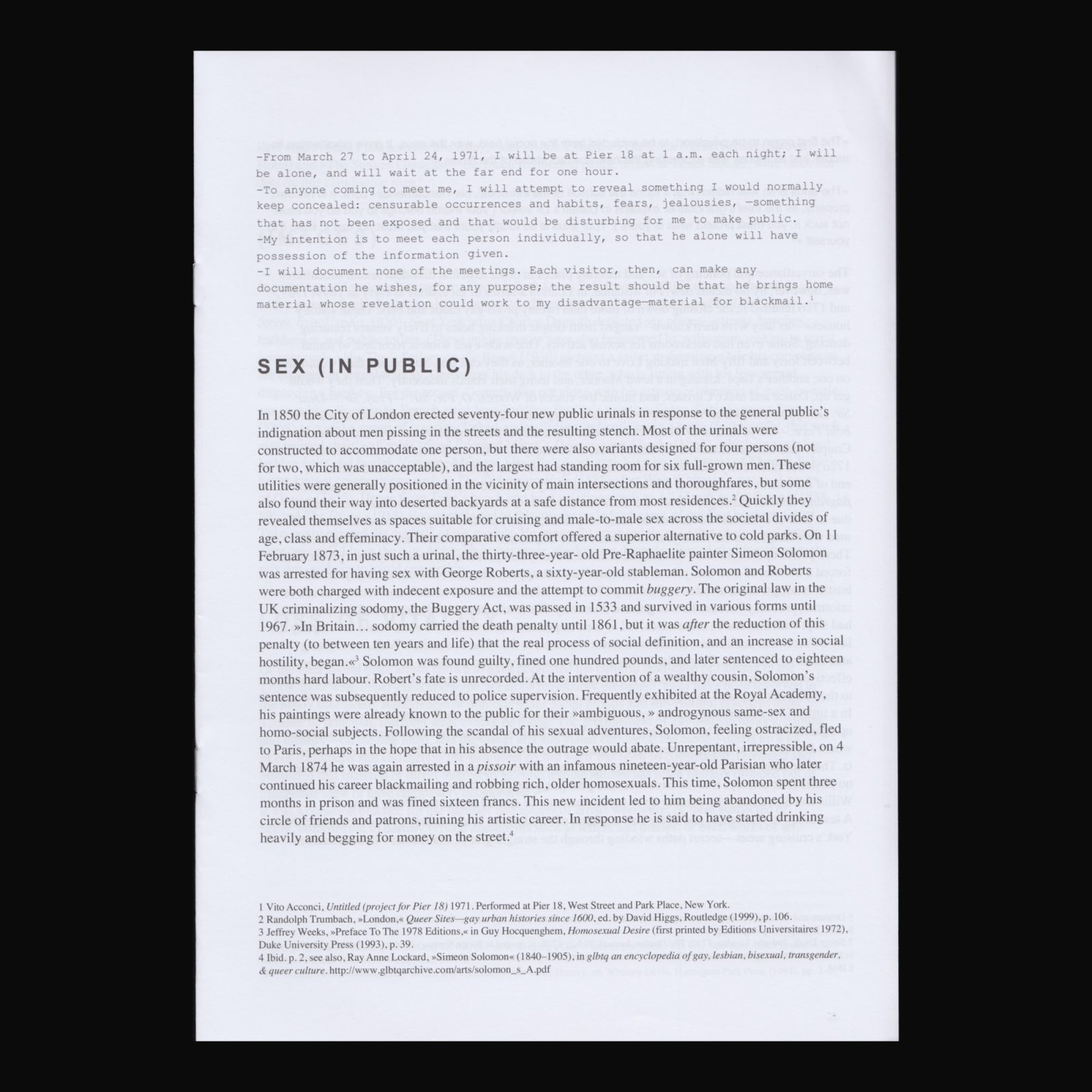

Produced on the occasion of Henrik Olesen’s exhibition at Museo Reina Sofía, Madrid, 26 June–21 October, 2019.


Produced on the occasion of Henrik Olesen’s exhibition at Museo Reina Sofía, Madrid, 26 June–21 October, 2019.
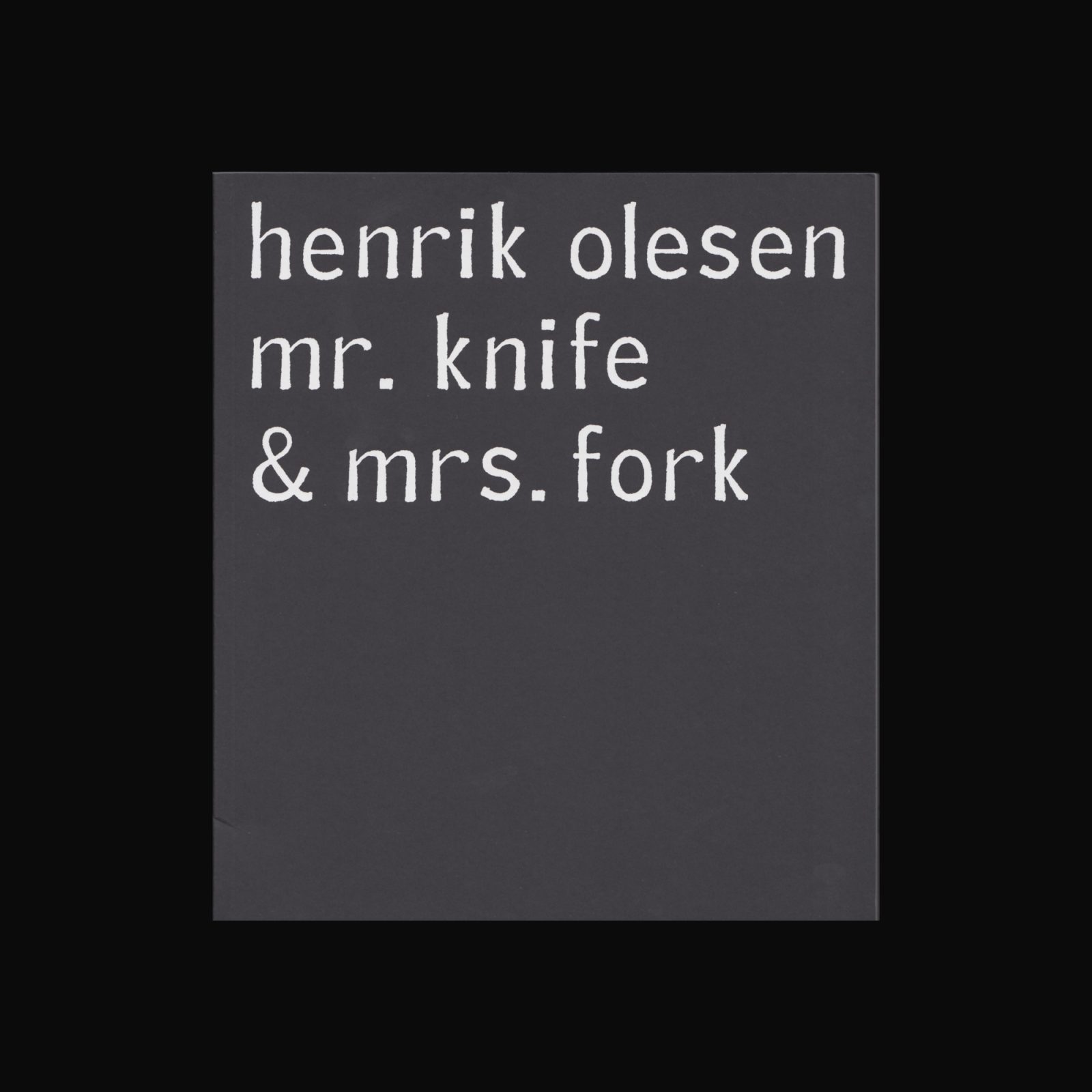

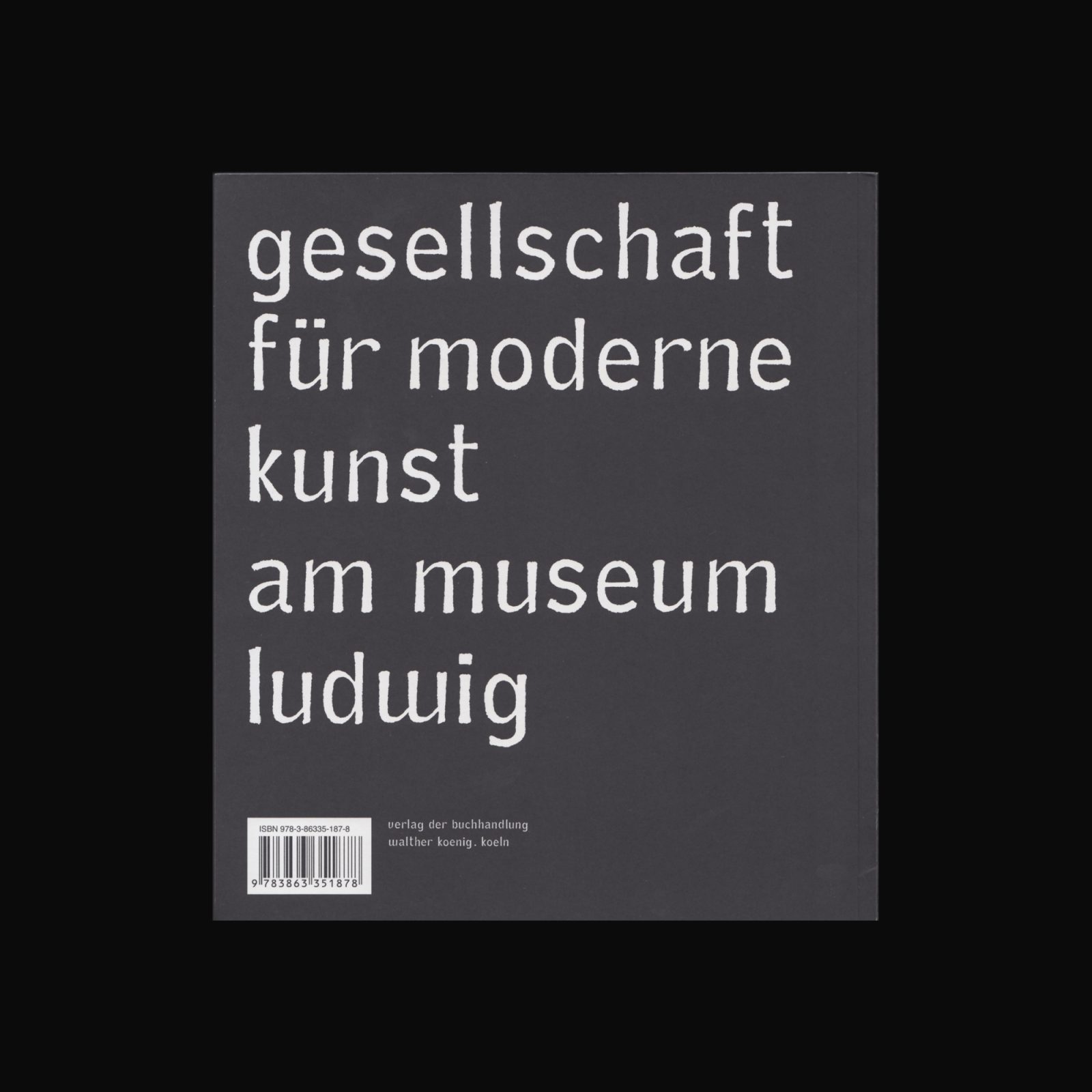
Produced on the occasion of the awarding of the Wolfgang-Hahn Prize to Henrik Olesen, 17 April–29 July, 2012 at the Museum Ludwig, Köln. With texts by Josef Strau and Carla Cugini.
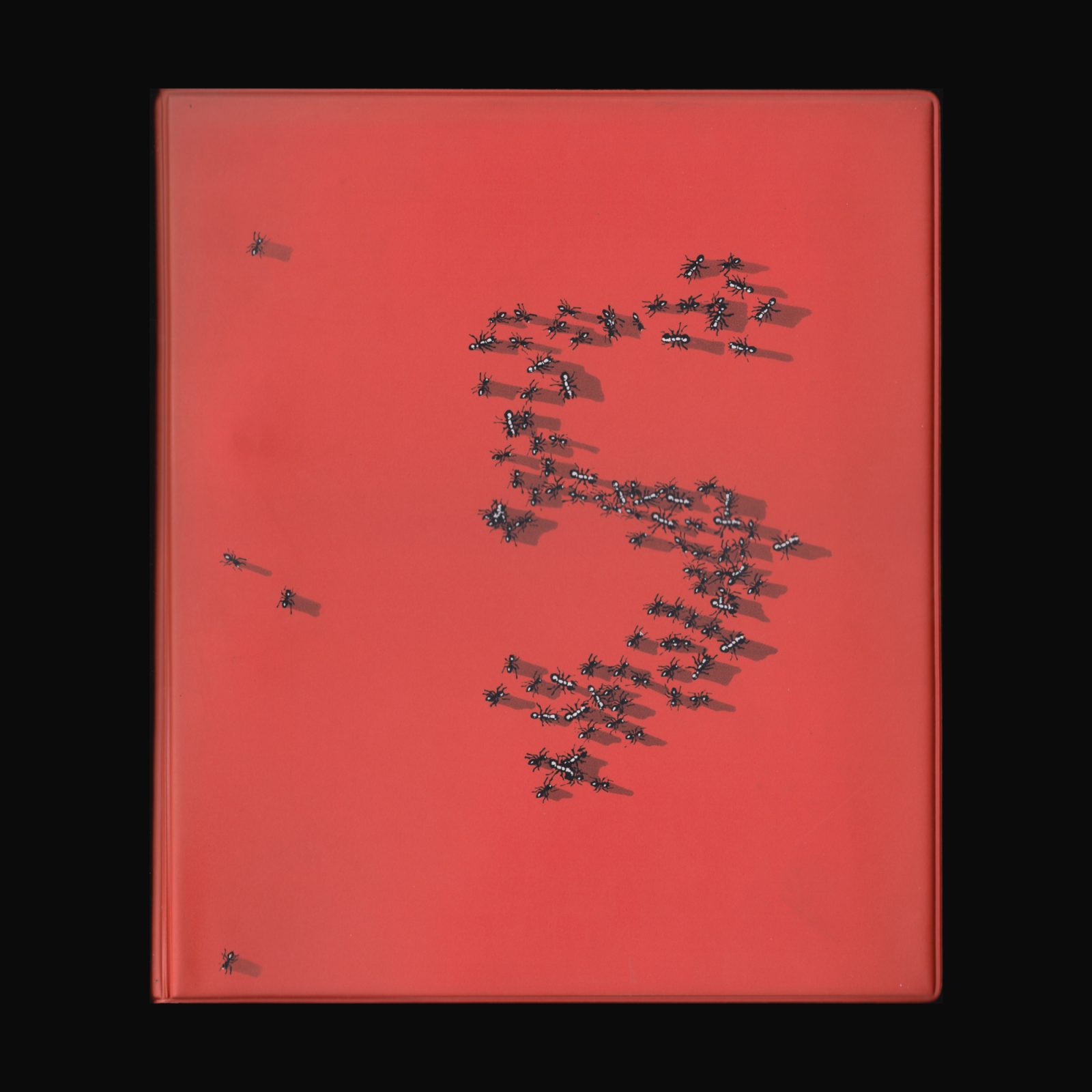
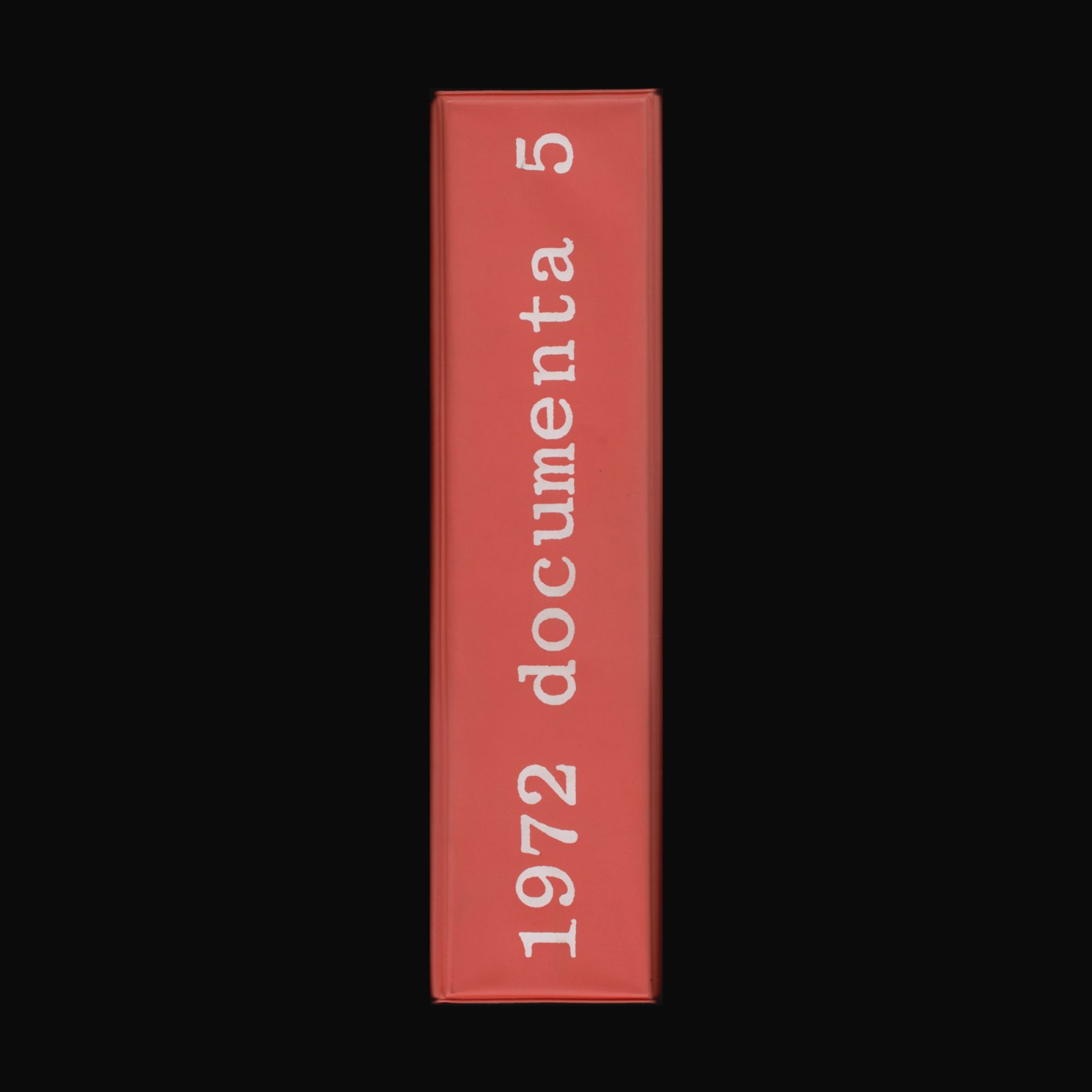
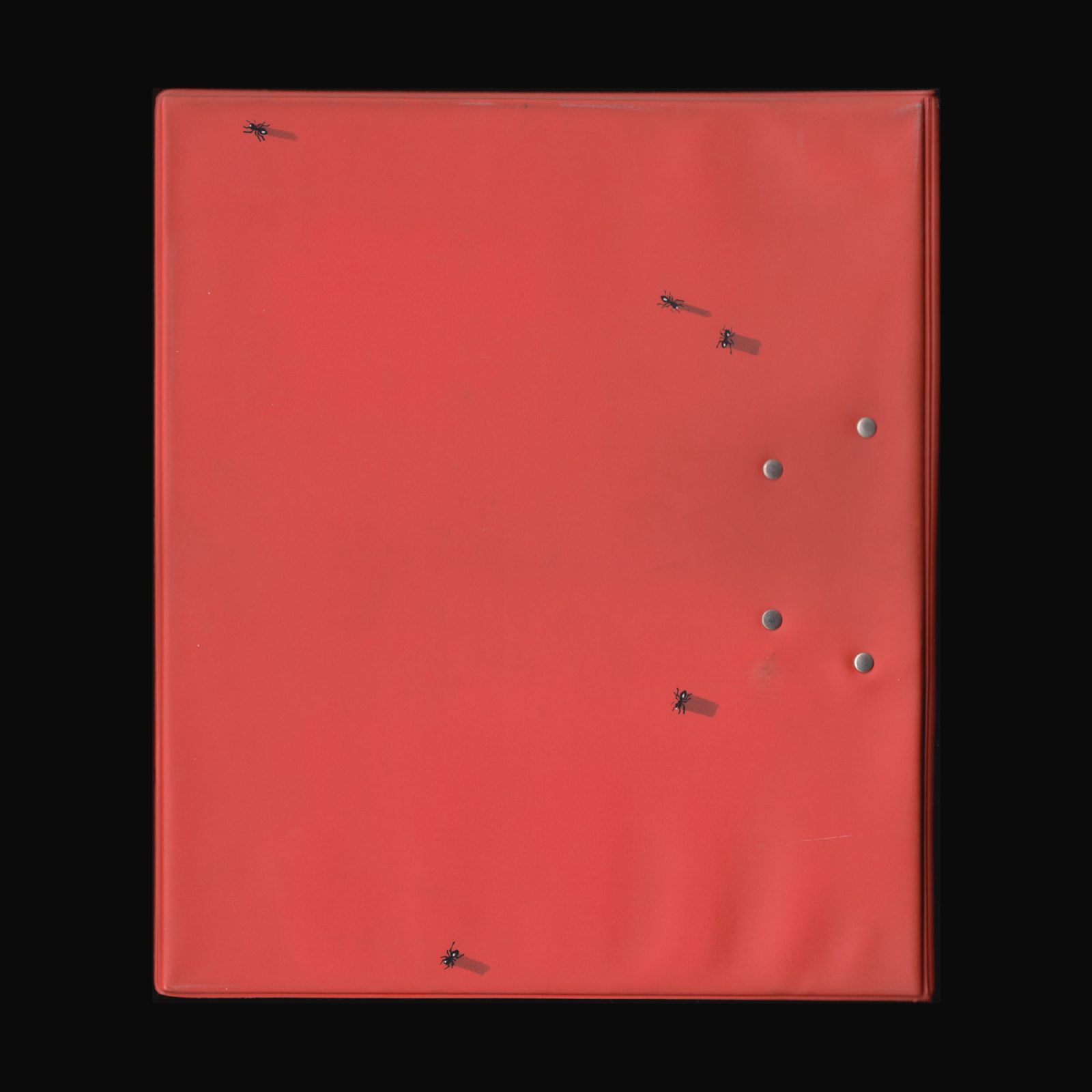
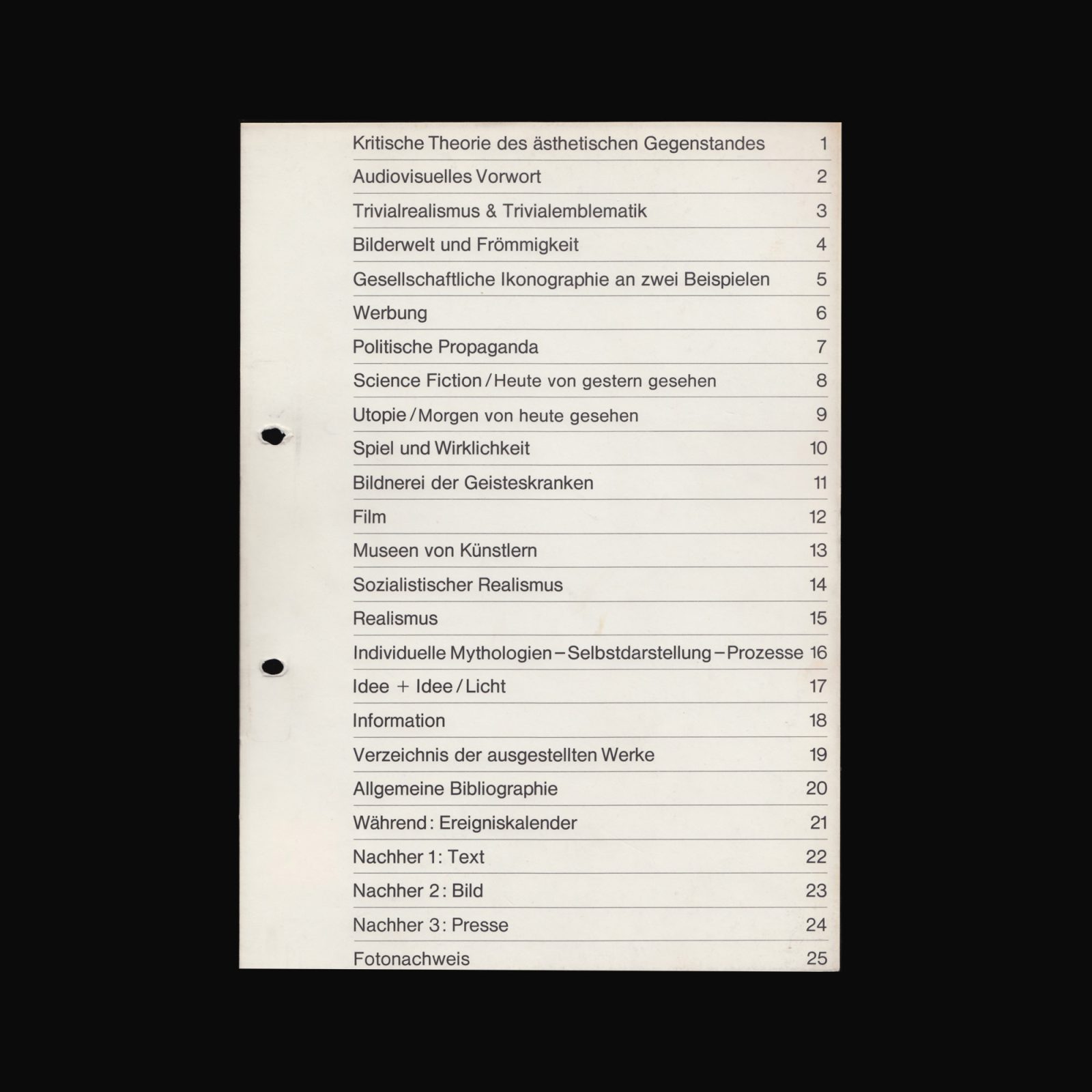
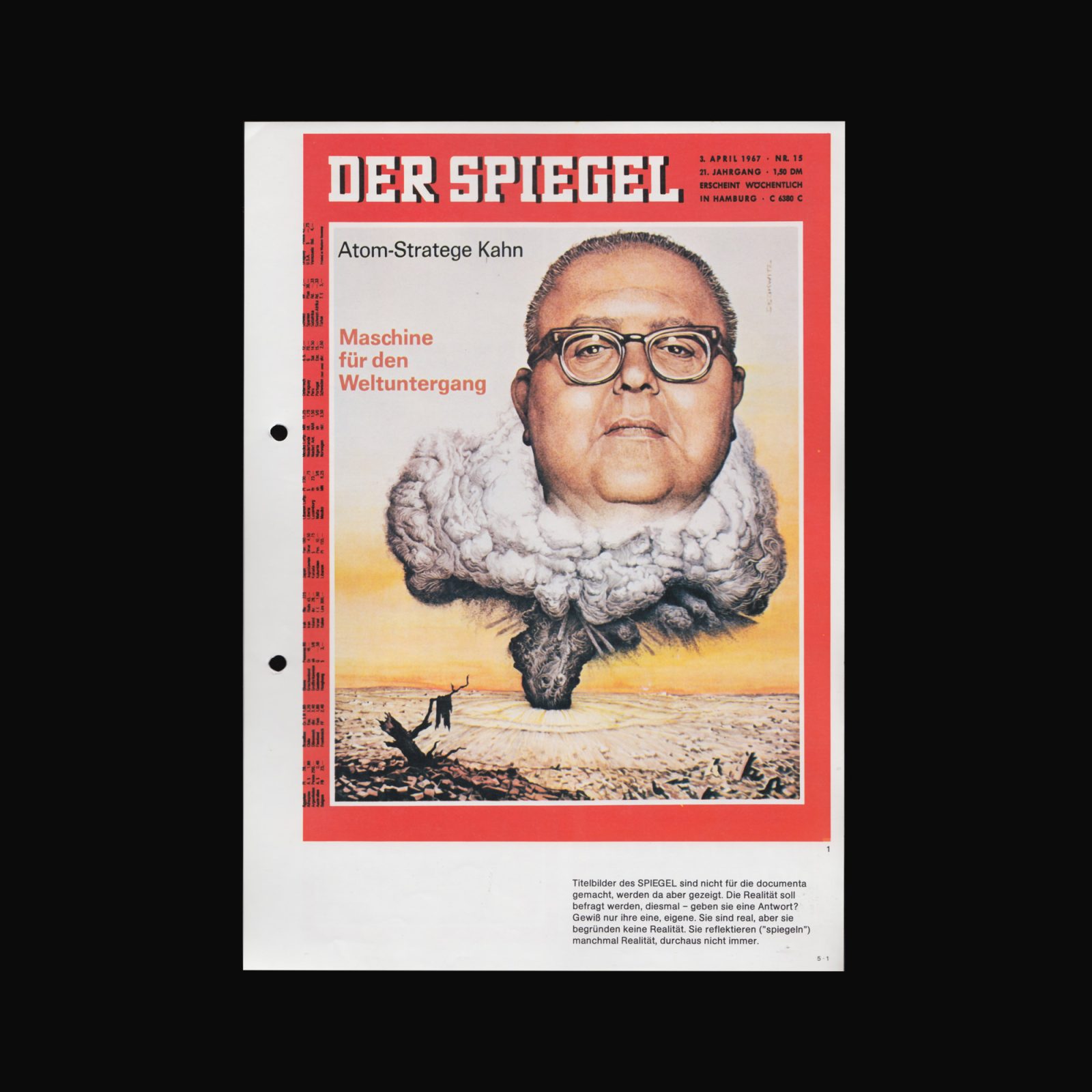
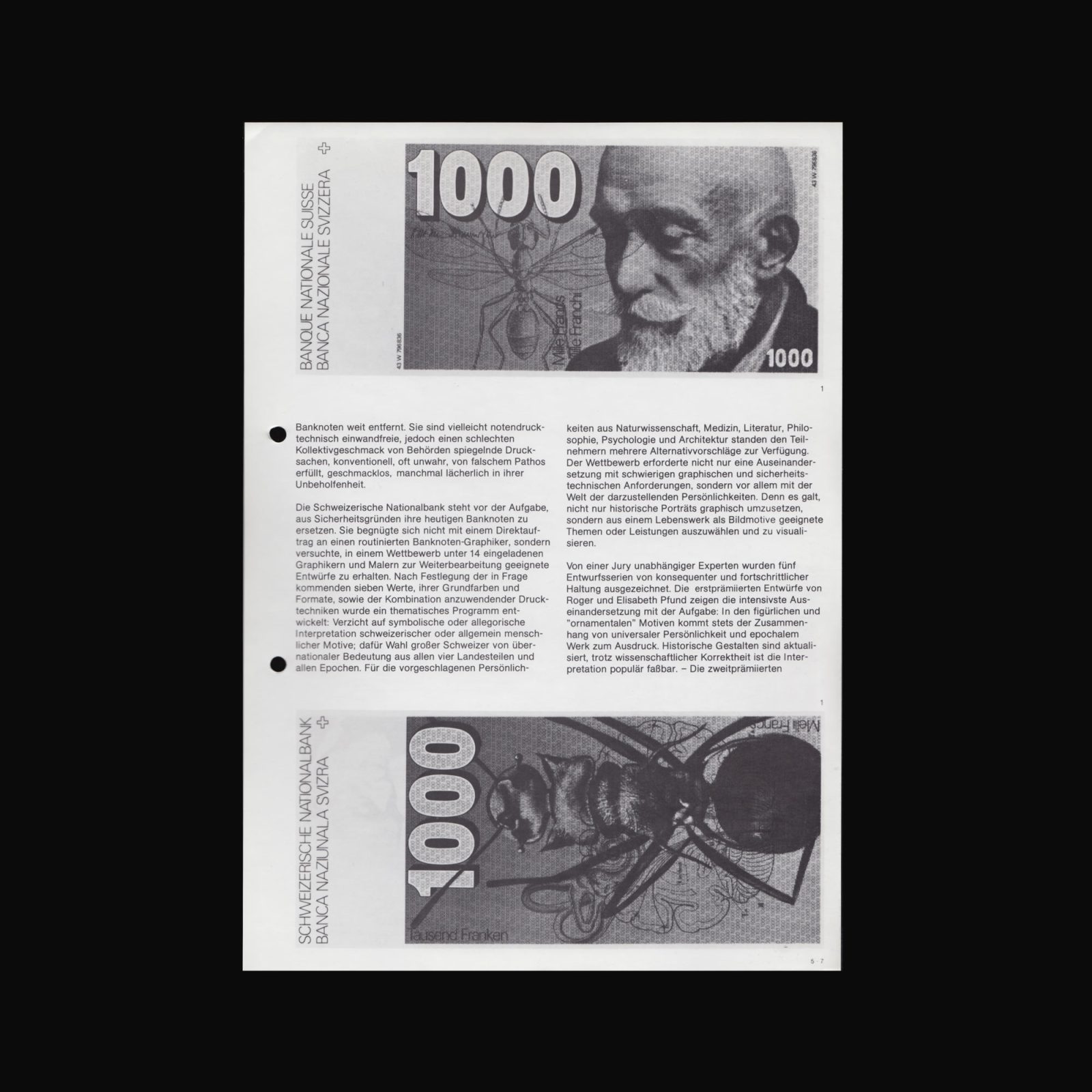
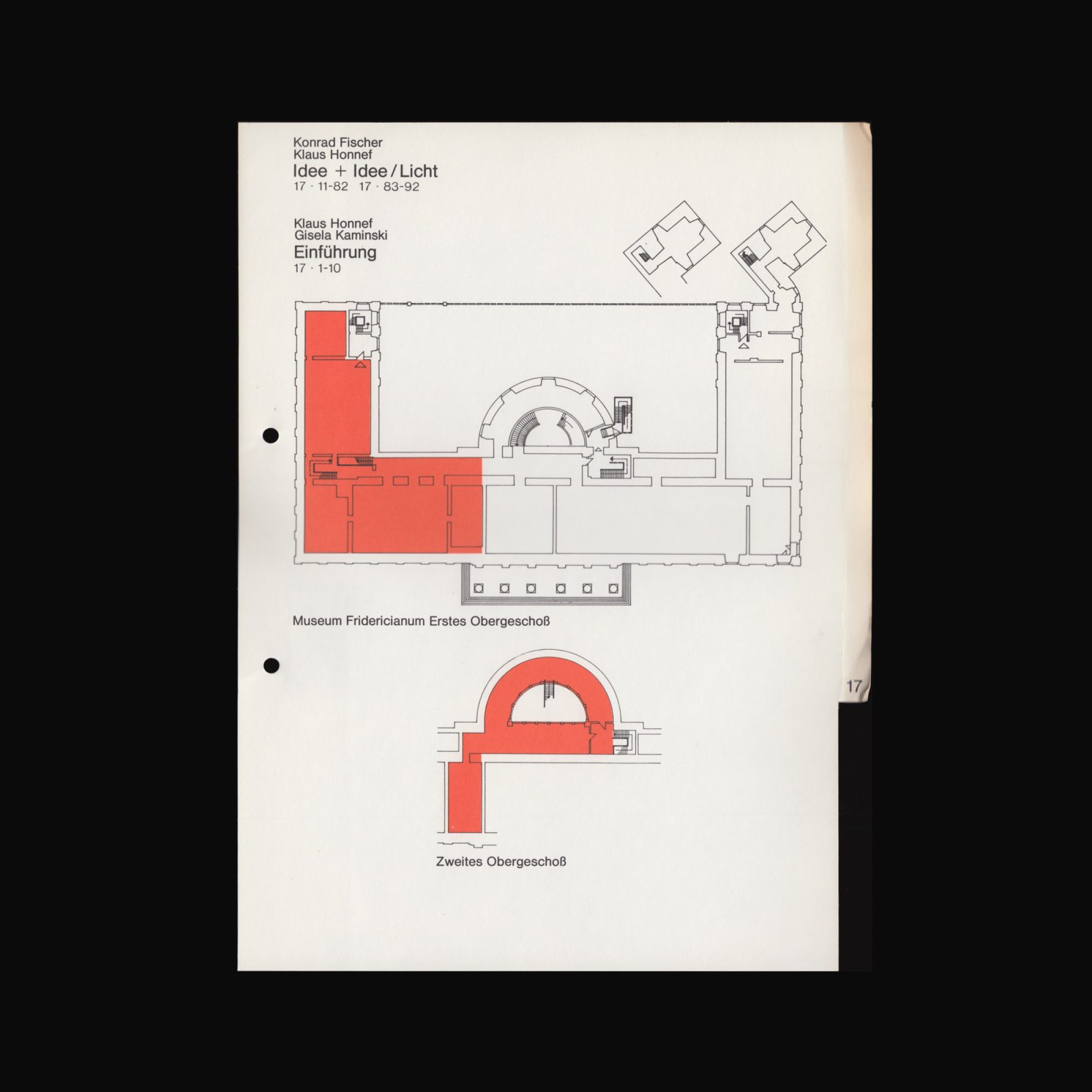

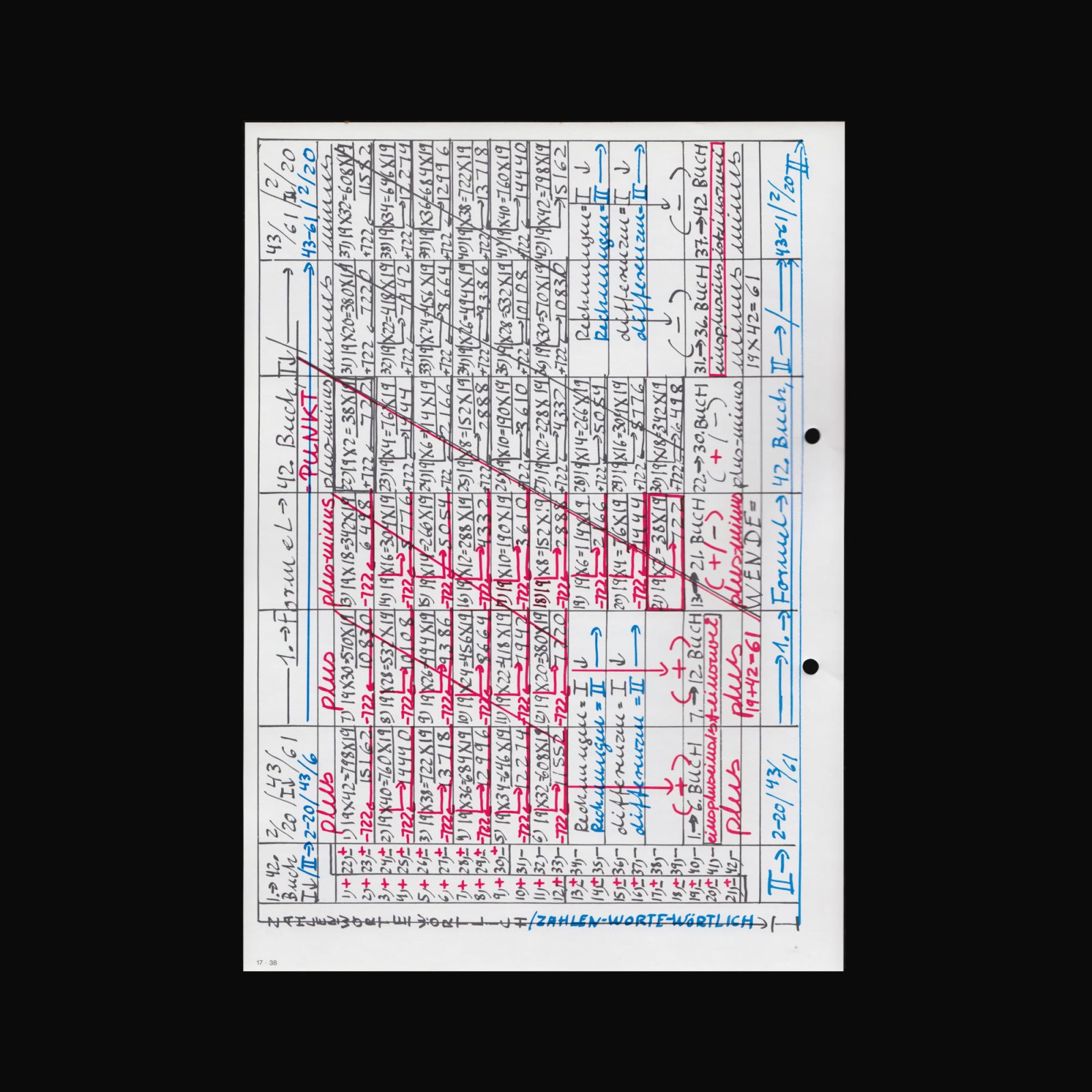
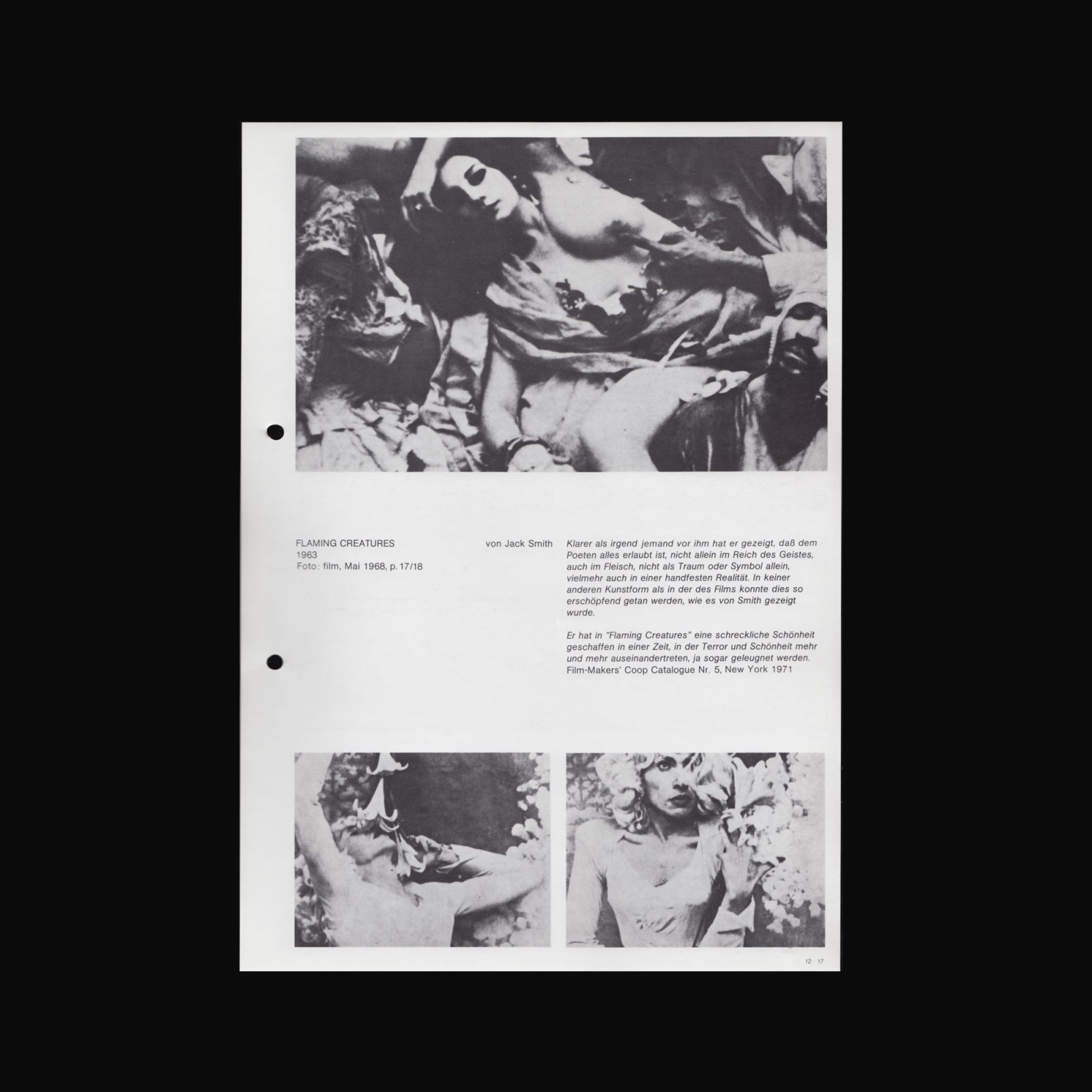



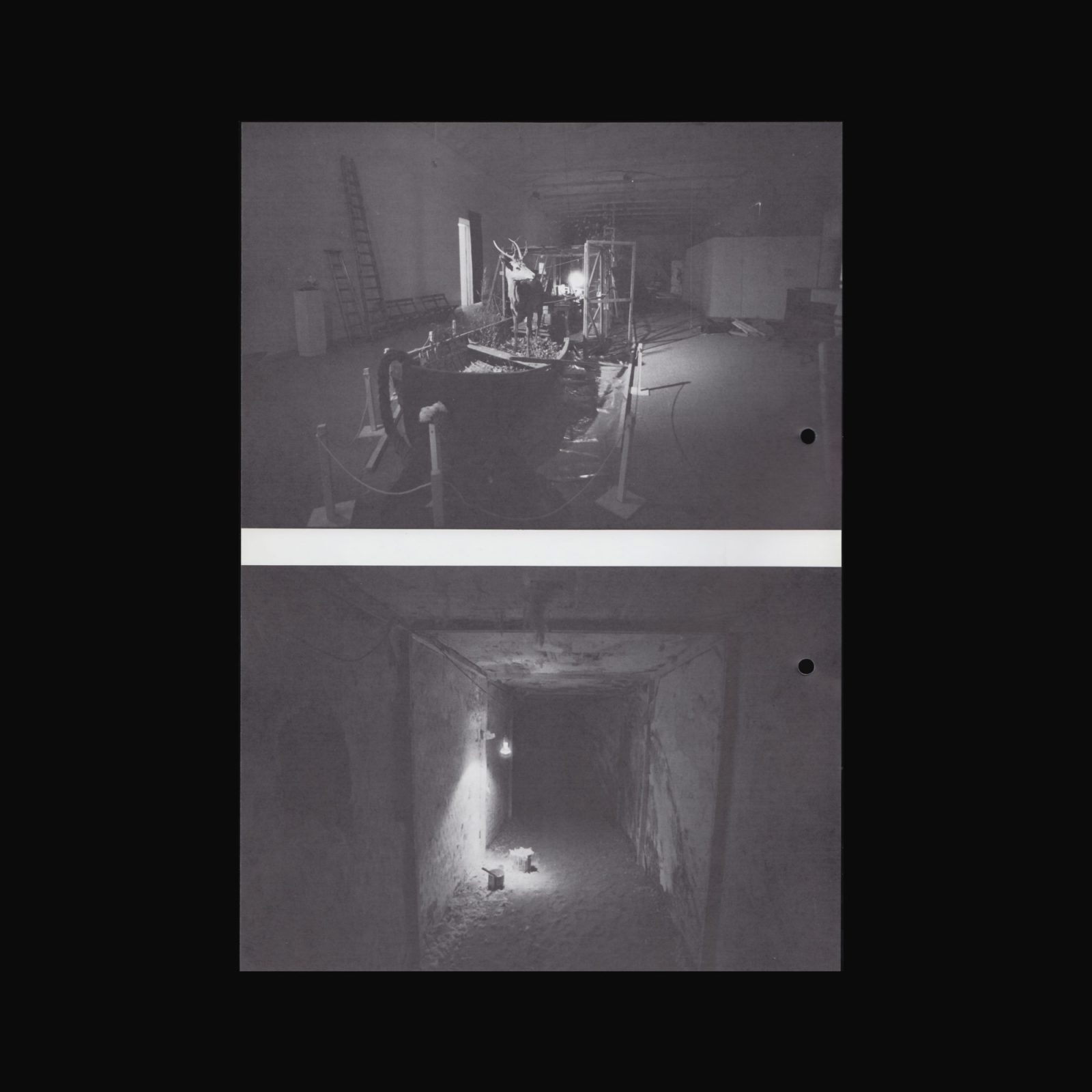
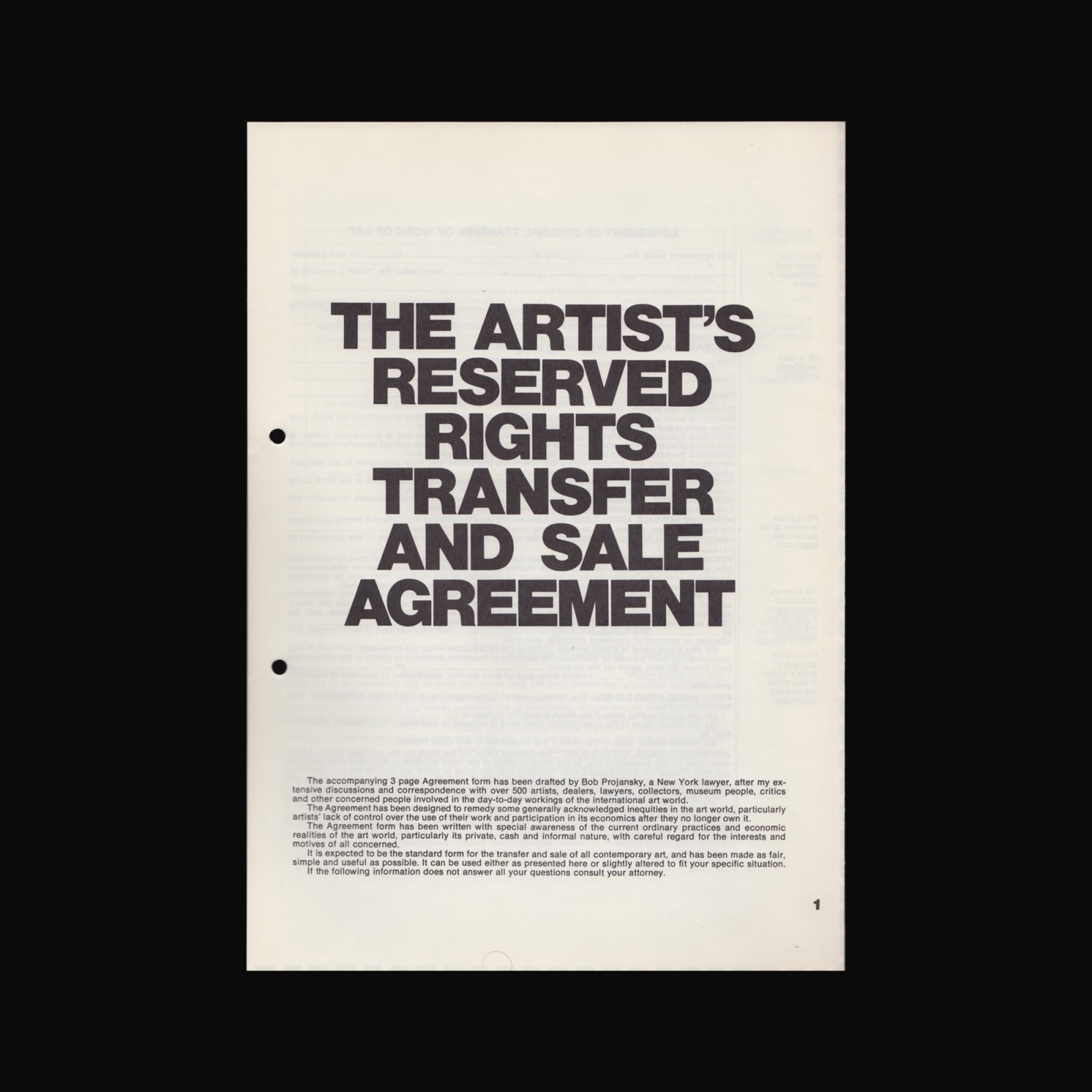
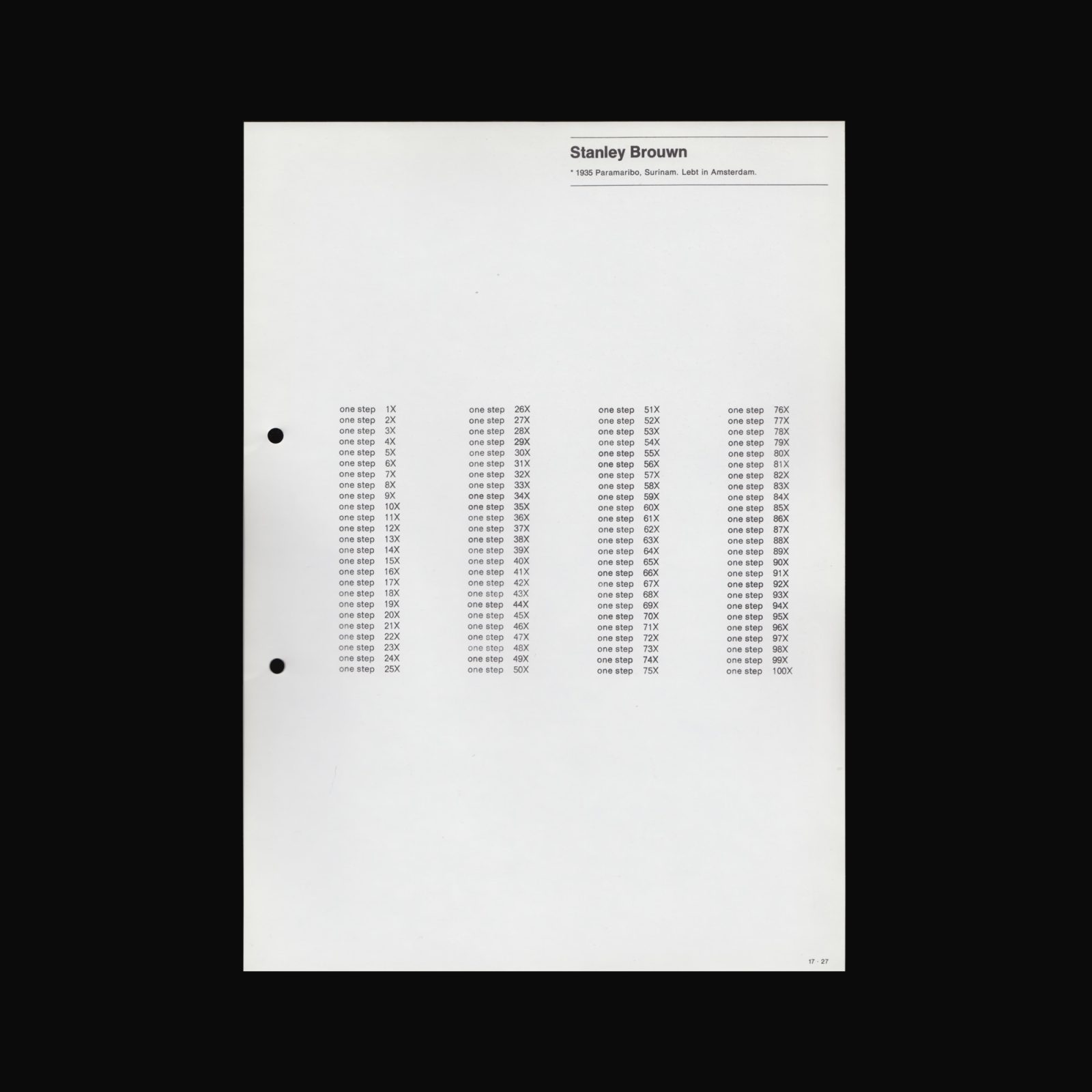
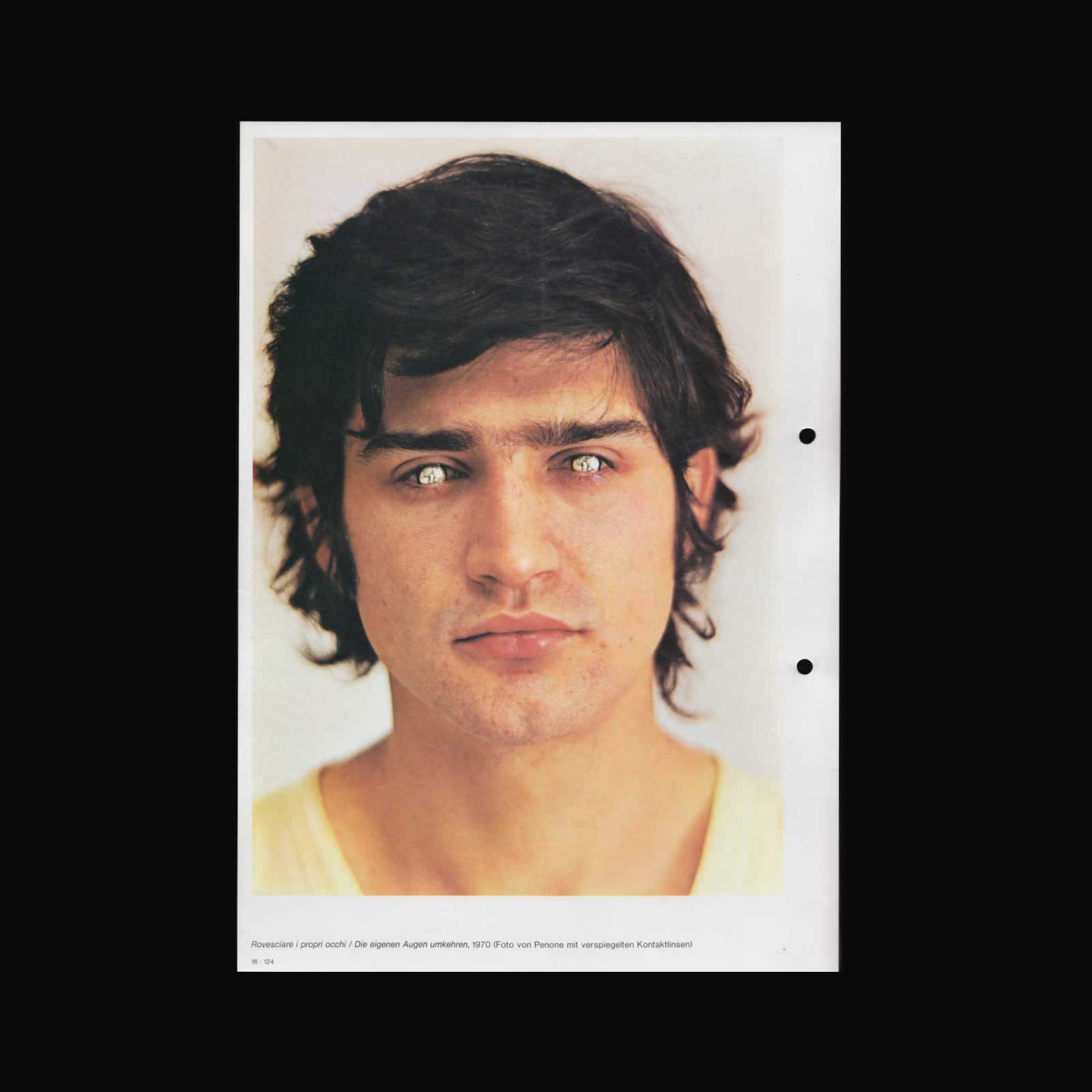

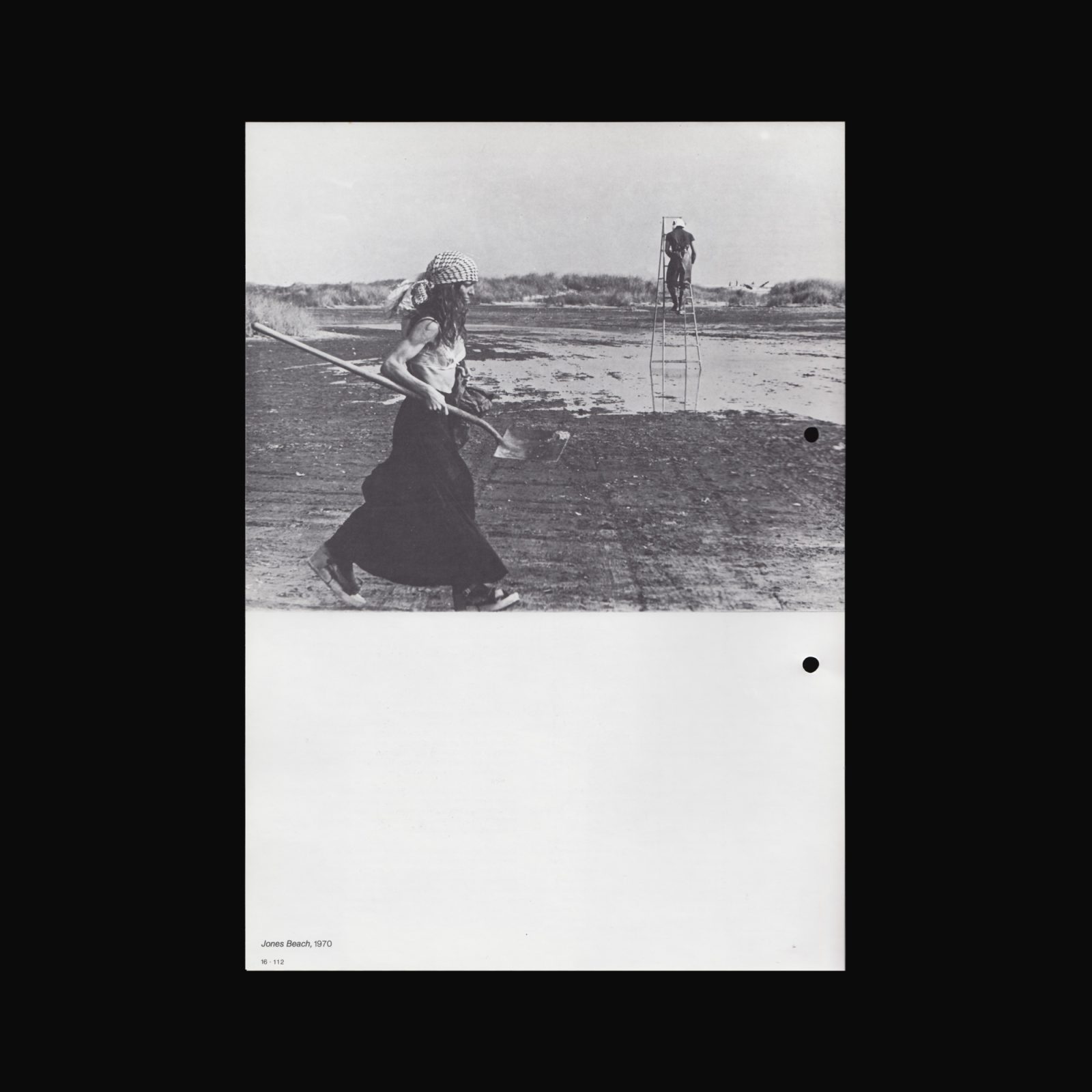
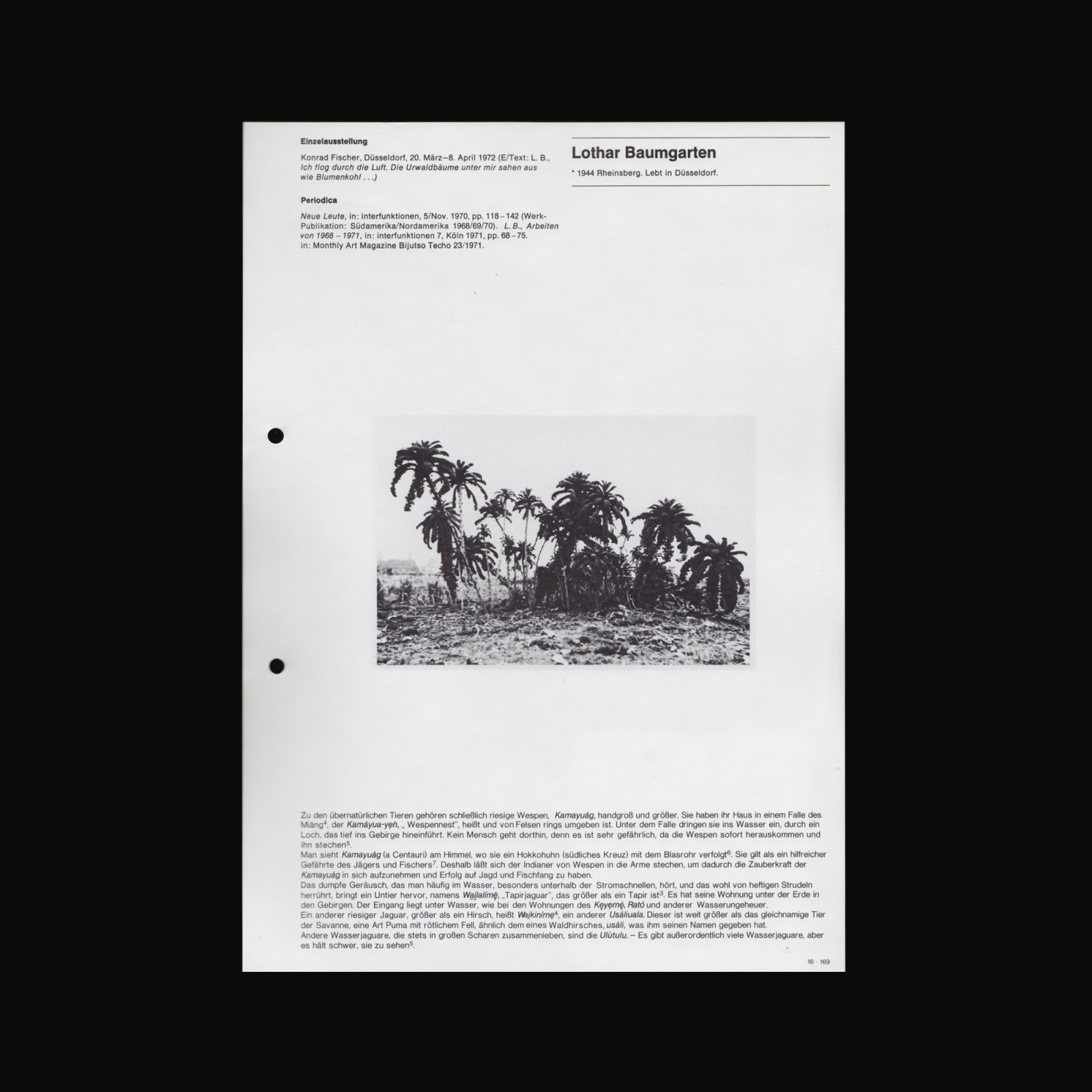
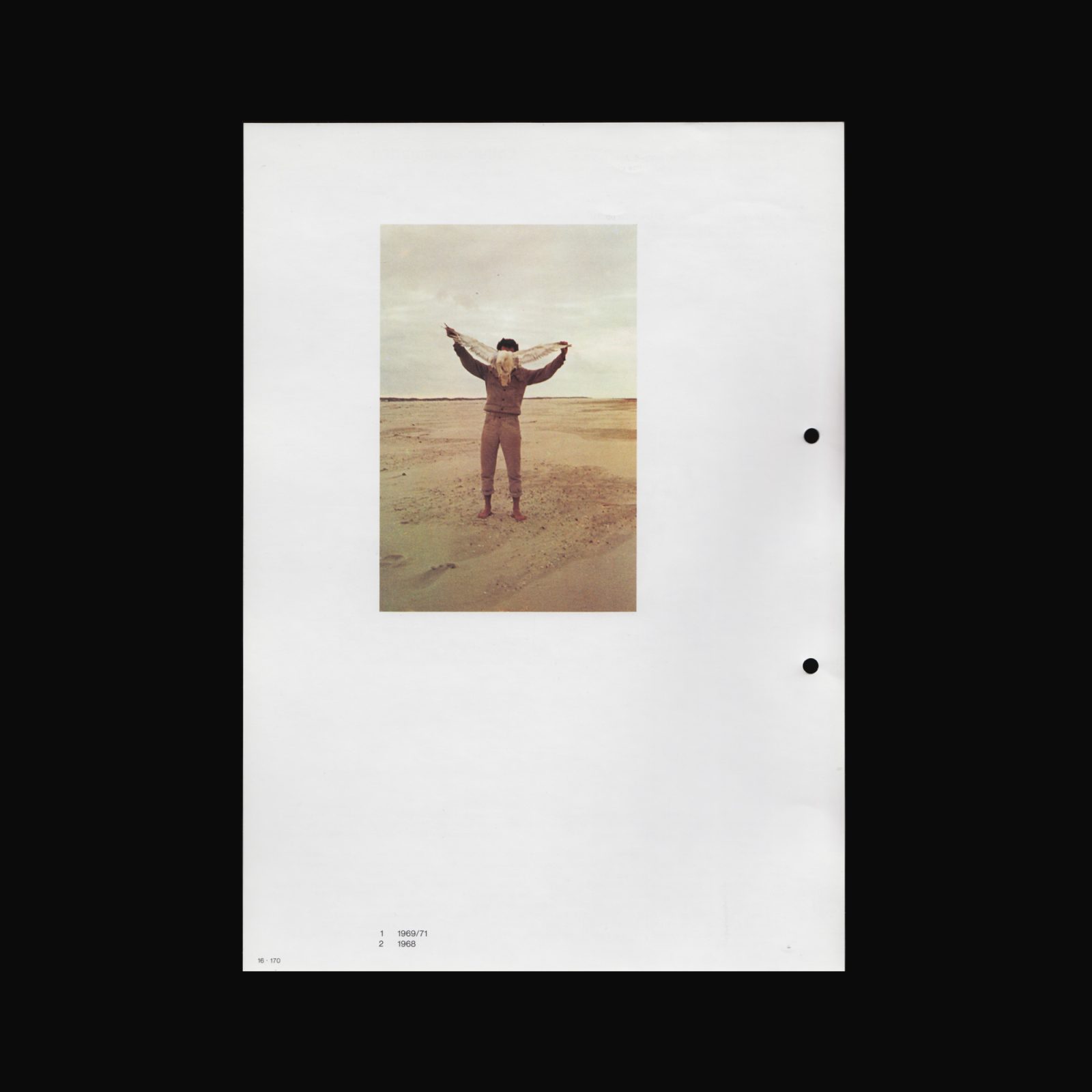

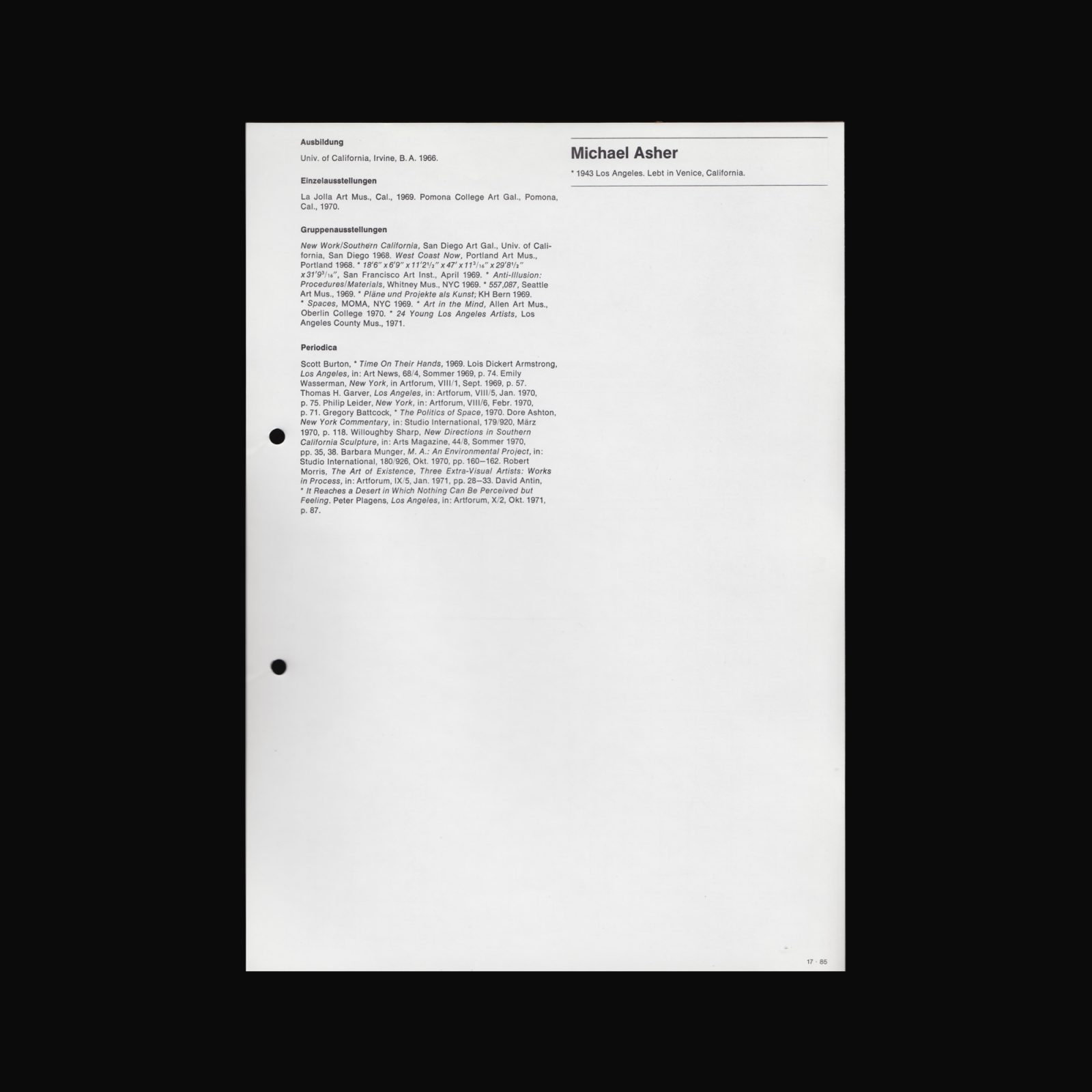
Catalogue produced for Documenta 5, 30 June and 8 October 1972 in Kassel, Germany. The artistic director Harald Szeemann channeled many of the curatorial concepts for the exhibition into the design of the catalogue itself.
Including artists such as; Art & Language, Bernd & Hilla Becher, Hanne Darboven, Hans Haacke, Edward Kienholz, David Lamelas, Agnes Martin, Paul Thek, Franz Erhard Walther, La Monte Young, & Marian Zazeela, Richard Tuttle, Paul Sharits, Gustav Metzger, Mario Merz, Joan Jonas, Eva Hesse, Dan Graham, Joseph Cornell, Tony Conrad, Stan Brakhage, KP Brehmer, James Lee Byars, Daniel Buren, stanley brouwn, Lothar Baumgarten amongst others.
Cover designed by Ed Ruscha.